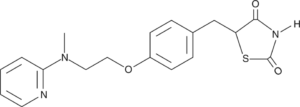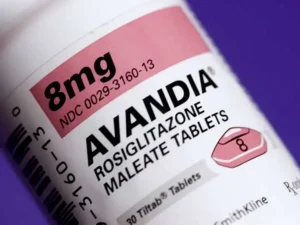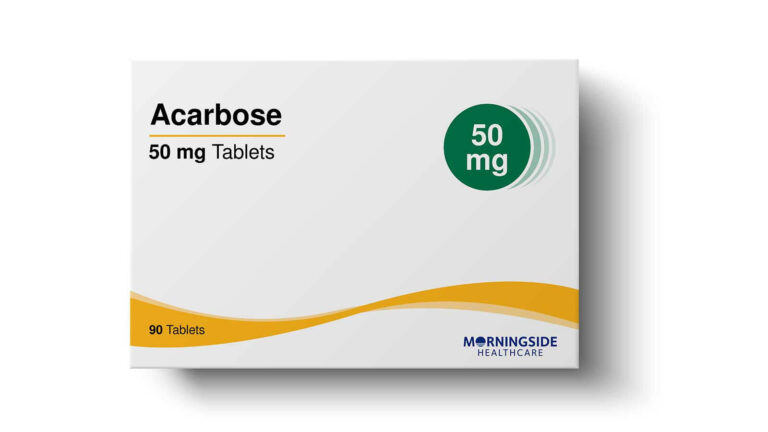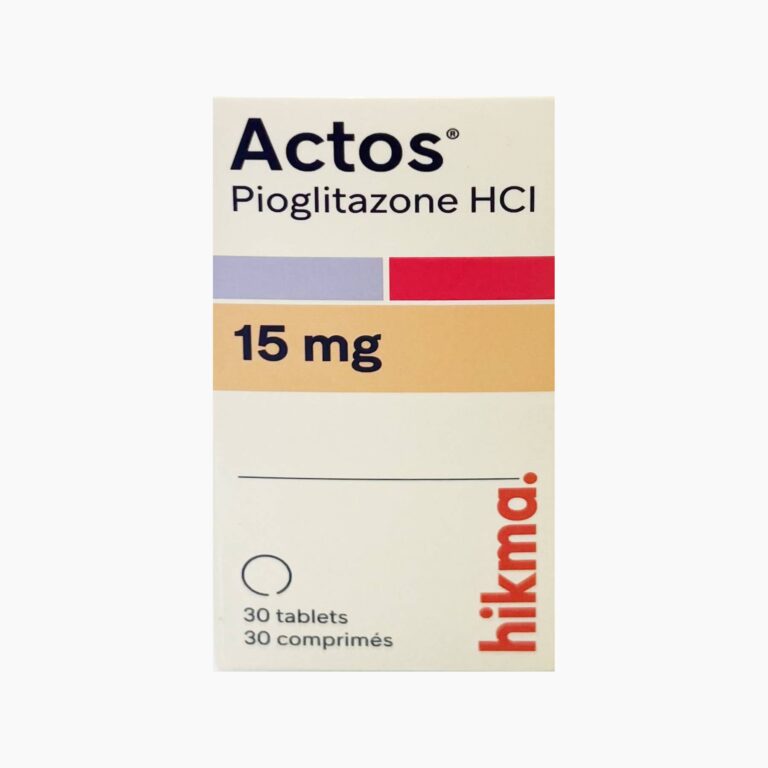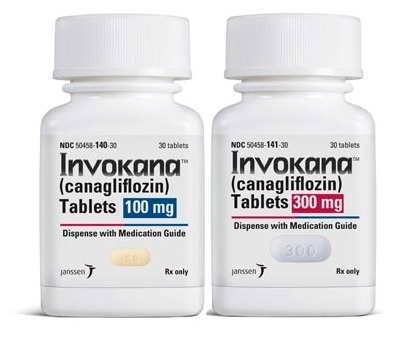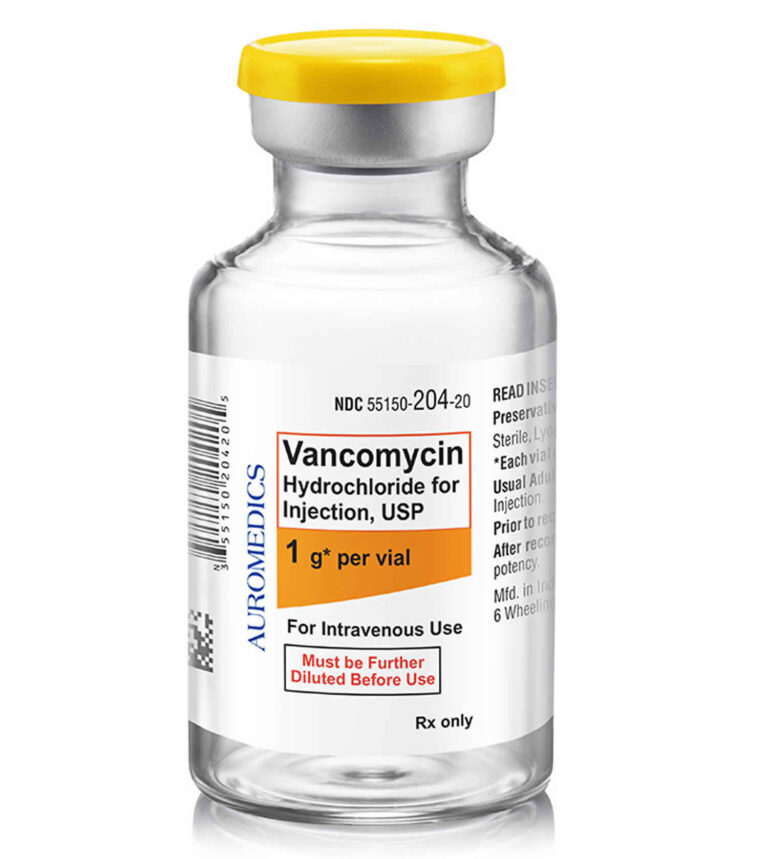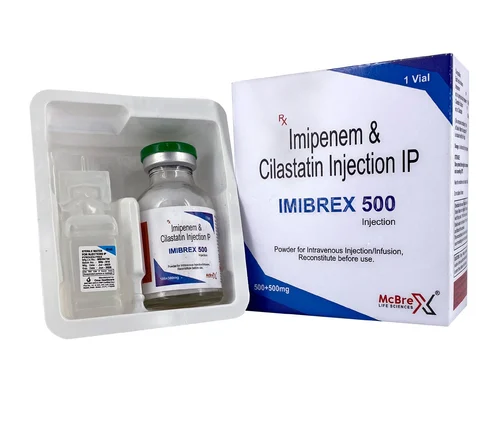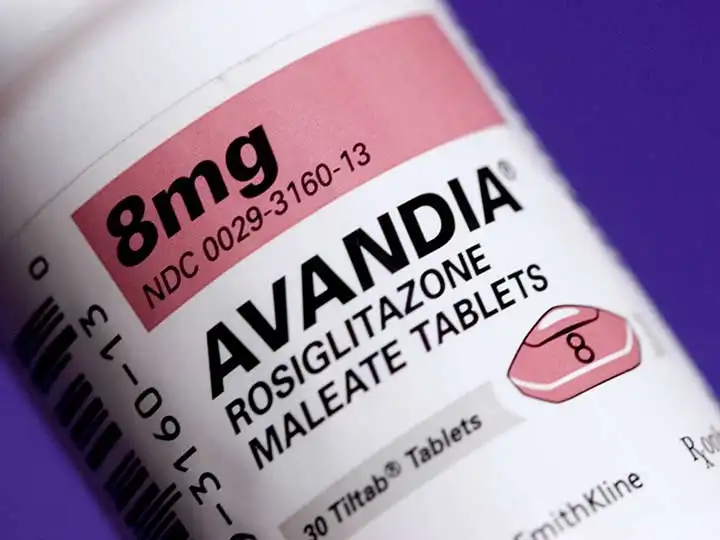
Rosiglitazone is a pharmaceutical agent utilized for managing diabetes, falling within the thiazolidinediones (TZDs) classification. These drugs are commonly used in the treatment of Type 2 diabetes to improve blood sugar control.
Chemical Structure
Rosiglitazone is a synthetic, non-sulfonylurea drug that is structurally related to other thiazolidinediones. Its chemical formula is C18H19N3O3S, and it contains a thiazole ring that is characteristic of the TZD class.
Mechanism of Action (MOA) of Rosiglitazone
It works by activating peroxisome proliferator-activated receptor gamma (PPAR-γ), a nuclear receptor involved in the regulation of glucose and lipid metabolism. This activation:
- Enhances insulin sensitivity in peripheral tissues (muscle, fat, liver).
- Improves glucose uptake and utilization.
- Decreases glucose production in the liver.
Indications of Rosiglitazone
Rosiglitazone is primarily indicated for:
- Type 2 diabetes mellitus: It is used either alone or in combination with other antidiabetic agents like metformin, sulfonylureas, or insulin.
- Insulin resistance management: Especially in patients who cannot achieve adequate control with lifestyle changes alone.
Side Effects of Rosiglitazone
Common side effects of rosiglitazone include:
- Weight gain: Often due to fluid retention and increased fat mass.
- Edema: Swelling of the lower extremities.
- Anemia: Decrease in red blood cells.
- Bone fractures: Increased risk, particularly in women.
- Liver dysfunction: Elevated liver enzymes in some patients.
Serious side effects, though rare, may include:
- Heart failure: An increased risk, especially in patients with pre-existing heart disease.
- Hypoglycemia: When used with other antidiabetic agents.
Contraindications
Rosiglitazone is contraindicated in the following cases:
- Severe heart failure: Due to its potential to worsen fluid retention and exacerbate heart failure.
- Liver disease: Active liver disease or the sustained elevation of liver enzymes without a clear explanation.
- Hypersensitivity: In patients who are allergic to rosiglitazone or any component of the formulation.
Drug Interactions of Rosiglitazone
It may interact with other drugs, including:
- CYP450 inducers (e.g., rifampin): Can reduce the effectiveness of drug by increasing its metabolism.
- CYP450 inhibitors (e.g., ketoconazole): Can increase rosiglitazone levels, raising the risk of side effects.
- Insulin and sulfonylureas: When used together, there is a heightened risk of hypoglycemia.
Popular Brands of Rosiglitazone
| Brand Name | Manufacturer | Dosage Form | Strength | Indications |
| Avandia | GlaxoSmithKline | Tablet | 4 mg, 8 mg | Type 2 Diabetes Mellitus |
| Avandamet | GlaxoSmithKline | Tablet | 2 mg/500 mg, 4 mg/500 mg | Type 2 Diabetes with Metformin |
| Rosiglitazone Actavis | Actavis | Tablet | 4 mg, 8 mg | Type 2 Diabetes Mellitus |
| Rosiglitazone Mylan | Mylan | Tablet | 4 mg, 8 mg | Type 2 Diabetes Mellitus |
These formulations are commonly used to help manage blood sugar levels in Type 2 diabetes patients. They are available in varying strengths to suit individual treatment plans.
Conclusion
Rosiglitazone remains a vital option for managing Type 2 diabetes, particularly in patients who are resistant to insulin. However, careful monitoring for side effects, especially concerning heart and liver health, is essential when using this medication.
